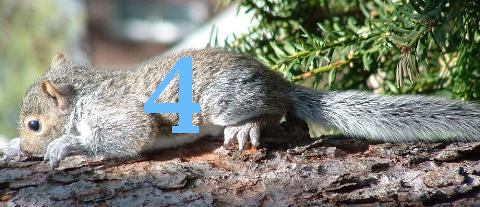
Fatal error: Uncaught Error: Call to undefined function mysql_connect() in /var/www/html/retro/scwrl4/SCWRL4.php:16 Stack trace: #0 {main} thrown in /var/www/html/retro/scwrl4/SCWRL4.php on line 16

|
Fatal error: Uncaught Error: Call to undefined function mysql_connect() in /var/www/html/retro/scwrl4/SCWRL4.php:16 Stack trace: #0 {main} thrown in /var/www/html/retro/scwrl4/SCWRL4.php on line 16 |